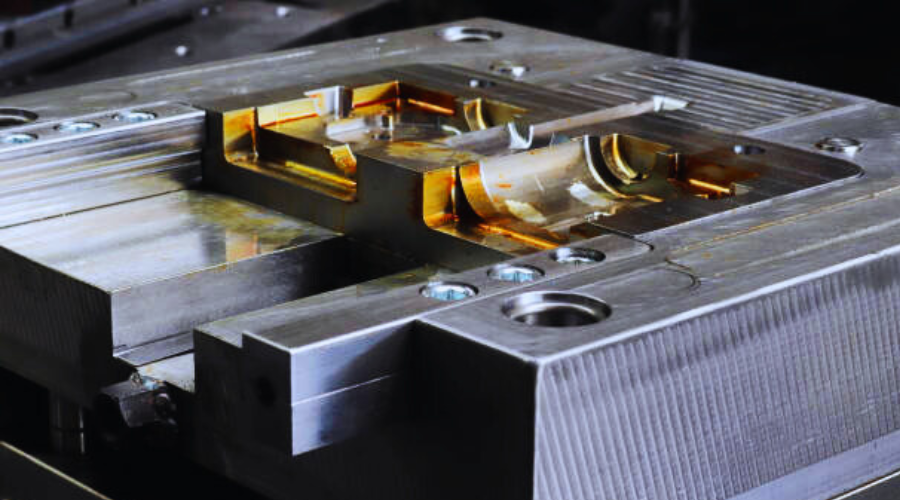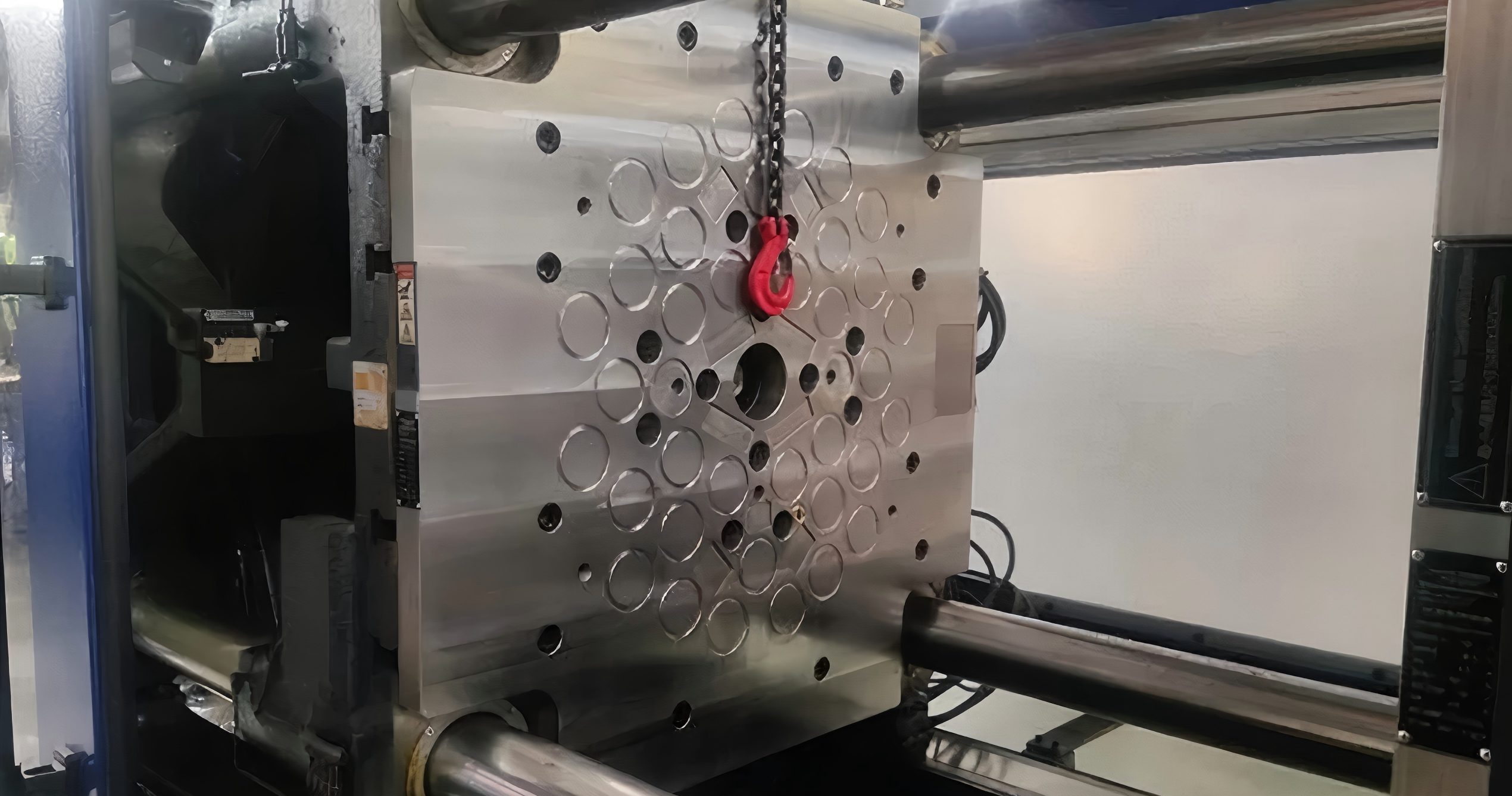Contents
As technology continues to evolve at an unprecedented pace, the demand for smaller, more complex, and highly precise electronic components is growing. Injection molding has emerged as a crucial manufacturing process that enables the production of these components with the accuracy and efficiency needed to meet the stringent demands of the electronics industry. In this article, we will explore how injection molding is transforming the electronics sector by enabling precision and miniaturization, and discuss the benefits and challenges of this versatile manufacturing method.

Understanding Injection Molding in Electronics
Injection molding is a manufacturing process that involves injecting molten material into a mold cavity, where it cools and solidifies into the desired shape. This process is particularly well-suited for the electronics industry, where the production of intricate and highly detailed parts is essential. The versatility of injection molding allows manufacturers to produce a wide range of electronic components, from small connectors and switches to complex housing units and casings for electronic devices.
The Importance of Precision and Miniaturization
In the electronics industry, precision and miniaturization are critical factors that influence the functionality and performance of electronic devices. As devices become smaller and more compact, the components that make up these devices must also be miniaturized without compromising on quality or performance. Injection molding enables manufacturers to achieve the high levels of precision and accuracy required for these components, ensuring that they fit seamlessly into the overall design of the electronic device.
Advantages of Injection Molding for Electronics
- High Precision and Accuracy: Injection molding allows for the production of parts with tight tolerances and intricate details, making it ideal for the electronics industry where precision is paramount. This level of accuracy ensures that the components fit perfectly into the device, reducing the risk of malfunction or failure.
- Material Versatility: Injection molding supports a wide range of materials, including thermoplastics, thermosetting plastics, and elastomers. This flexibility allows manufacturers to choose the most suitable material for their specific application, whether it's a heat-resistant casing or a flexible connector.
- Cost-Effective Production: Once the initial mold is created, injection molding can produce large volumes of parts quickly and cost-effectively. This scalability makes it an ideal choice for the mass production of electronic components, helping manufacturers meet the high demand for electronic devices.
- Reduced Waste: Injection molding is a highly efficient process that minimizes material waste. Excess material can be recycled and reused, reducing the overall environmental impact and production costs.
- Improved Design Flexibility: The injection molding process offers a high degree of design flexibility, allowing manufacturers to create complex geometries and incorporate multiple features into a single part. This flexibility is essential for the electronics industry, where components often need to perform multiple functions.
Key Applications of Injection Molding in Electronics
Injection molding is a versatile manufacturing process that finds applications in various sectors of the electronics industry. There are some key applications where injection molding plays a crucial role:
- Consumer Electronics
- Smartphones and Tablets: Injection molding is widely used to manufacture casings, buttons, and other small components for smartphones and tablets. The process allows for the production of durable and lightweight parts that contribute to the sleek and ergonomic design of these devices.
- Wearable Technology: Wearables, such as smartwatches and fitness trackers, require compact and lightweight components. Injection molding enables the production of small, precise parts that are essential for the functionality and comfort of these devices.
- Automotive Electronics
- Senors and Connectors: Modern vehicles are equipped with numerous electronic sensors and connectors. Injection molding allows for the production of these components with high precision and consistency, ensuring reliable performance in harsh automotive environments.
- Control Modules: Injection molding is used to create housing units and protective casings for various control modules in vehicles, such as engine control units and transmission control units. These components must withstand extreme temperatures and vibrations, making the choice of materials and precision of manufacturing critical.
- Medical Electronics
- Diagnostic Equipment: Injection molding is essential in the production of housings and components for diagnostic equipment, such as MRI machines and CT scanners. The process ensures that these components meet strict regulatory standards and are safe for use in medical environments.
- Wearable Medical Devices: Similar to consumer wearables, medical wearables, such as heart rate monitors and glucose sensors, require precise and reliable components. Injection molding provides the necessary precision and consistency for these critical devices.
- Industry Electronics
- Circuit Boards and Enclosures: Injection molding is used to produce enclosures and protective casings for circuit boards and other electronic components used in industrial applications. These components must be robust and able to withstand harsh conditions, such as exposure to chemicals and extreme temperatures.
- Sensors and Actuators: Injection molding enables the production of small, precise sensors and actuators used in industrial automation and control systems. These components play a vital role in the efficient operation of manufacturing processes and machinery.

How to Ensure Quality in Injection Molding for Electronics
Ensuring the quality and reliability of injection-molded components is crucial in the electronics industry. Here are some best practices for maintaining high quality in injection molding:
1. Material Selection and Testing
Choosing the right material is critical to the success of an injection molding project. Manufacturers should conduct thorough testing and analysis to ensure that the selected material meets the specific requirements of the application. Factors such as thermal stability, electrical conductivity, and mechanical strength should be carefully considered.
2. Mold Design and Maintenance
The design of the mold plays a significant role in the quality of the injection-molded components. Manufacturers should invest in high-quality mold design and fabrication to ensure that the components meet the desired specifications. Regular maintenance and inspection of the mold are also essential to prevent defects and ensure consistent quality.
3. Process Control and Monitoring
Implementing robust process control and monitoring systems is essential to maintaining quality in injection molding. Manufacturers should use advanced sensors and software to monitor key process parameters, such as temperature, pressure, and cycle time. This data be used to optimize the injection molding process and identify potential issues before they impact product quality.
4. Quality Assurance and Testing
Comprehensive quality assurance and testing procedures should be in place to ensure that the injection-molded components meet the required standards. Manufacturers should use a combination of visual inspections, dimensional measurements, and functional tests to verify the quality of the components.
Advancements in Injection Molding Technologies
The electronics industry is constantly evolving, and injection molding technologies are keeping pace with these changes. Here are some recent advancements in injection molding that are shaping the future of electronic manufacturing:
1. Micro-Injection Molding
Micro-injection molding is a specialized form of injection molding that focuses on the production of extremely small and intricate components. This technology is particularly beneficial for the electronics industry, where miniaturization is a key trend. Micro-injection molding allows for the production of components with dimensions measured in micrometers, enabling the creation of highly compact and precise electronic devices.
2. Multi-Material Injection Molding
Multi-material injection molding, also known as over-molding, involves the use of two or more materials in a single molding process. This technique allows for the cration of complex components with different properties, such as a rigid core surrounded by a soft, flexible exterior. In the electronics industry, multi-material injection molding is used to produce components with enhanced functionality and improved performance.
3. Automated Injection Molding
The integration of automation and robotics in injection molding is transforming the manufacturing process. Automated injection molding systems can perform tasks such as material handling, mold loading and unloading, and quality inspection with high precision and efficiency. This level of automation not only improves productivity but also enhances the overall quality of the components produced.
4. Sustainable Injection Molding
As sustainability becomes a top priority for manufacturers, the injection molding industry is adopting eco-friendly practices and materials. Advances in bioplastics and recycled material are enabling the production of electronic components with a lower environmental impact. Additionally, energy-efficient injection molding machines and processes are helping to reduce the carbon footprint of electronics manufacturing.
Conclusion
As the electronics industry continues to advance, the need for miniaturization and precision will become even more critical. Injection molding stands at the forefront of this evolution, offering the technology and flexibility required to produce components that meet these demands. With ongoing innovations in materials and molding techniques, the potential for creating even smaller and more complex components is limitless. By embracing these advancements, manufacturers can ensure that they are well-positioned to meet the future needs of the electronics market, delivering products that are not only smaller and more efficient but also more reliable and sustainable.
-q4gvl4k29y4hq8j9rjpapvj0ft06fje63olt7p210i.png)


